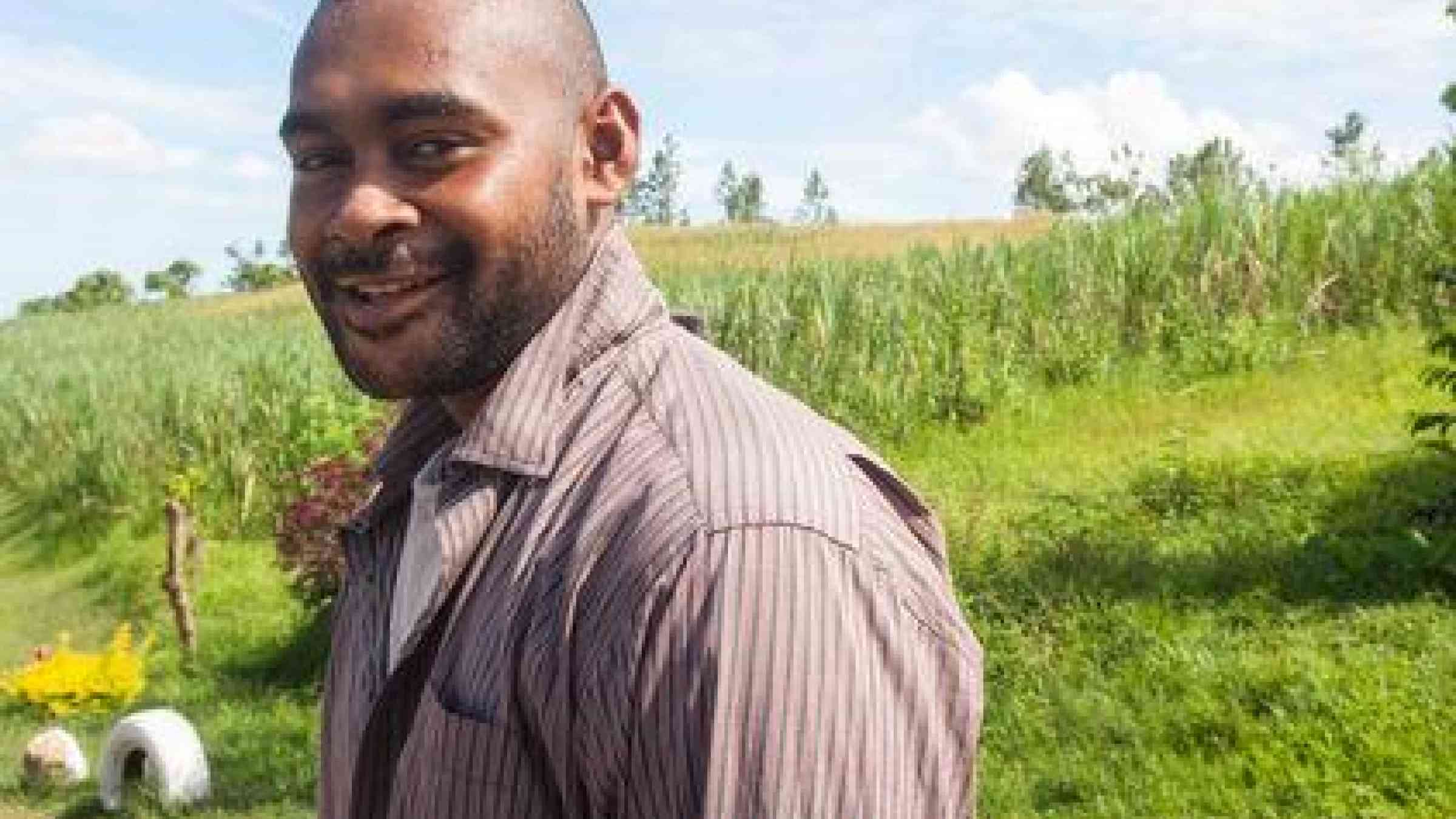Pacific forges ahead on joint disaster-climate strategy

SUVA, 21 January 2014 – United Nations agencies have joined together to contribute towards the development a new Strategy for Disaster and Climate Resilient Development in the Pacific (SRDP).
As a core partner of the Technical Working Group for the new Strategy along with the Secretariat of the Pacific Community (SPC) and Secretariat of the Pacific Regional Environment Programme (SPREP), the United Nations Office for Disaster Risk Reduction (UNISDR) hosted and engaged expert representatives from UNDP, UNICEF, WHO and UN Women amongst others, to join in an interactive engagement workshop on 20 January 2014.
The workshop formed part of a series of ongoing stakeholder engagements to facilitate the development of a new strategy to succeed the current ‘Pacific Disaster Risk Reduction and Disaster Management Framework for Action’ and ‘Pacific Islands Framework for Action on Climate Change’, both due to expire in 2015.
The replacement strategy will combine the two inter-related fields of disaster risk reduction and climate change adaption to enable a resilient sustainable future for 22 Pacific Island Countries and Territories in an efficient and effective way.
Along with other small island developing states, the Pacific leads the global effort in integrating climate change adaptation and disaster risk management into one strategic approach. Head of UNISDR Pacific Office, Mr Timothy Wilcox explained that the Pacific recognises the inter-linkages between climate and disaster risk, and the advantages of addressing the challenges under a single approach. “The approach provides a clear strategic direction, and utilises limited capacity and funding in an efficient manner,” Mr Wilcox said.
Addressing disaster risk and strengthening resilience to climate related hazards is at the core of sustainable development in the Pacific. “The recent devastation in Tonga from Cyclone Ian was a timely reminder of this, where initial reports advise that the tourism sector in Tonga has sustained approximately (USD855,000) TP1.6 million in damage. This is not just a direct financial loss to that sector but it will also have broader social and economic losses on people’s immediate livelihoods”, Mr Wilcox explained.
The strategy calls for the need to strengthen risk management by reducing existing risks and to prevent the accumulation of new risks to all hazards and emphasizes the need to strengthen disaster preparedness, response and recovery as well as promoting low carbon development. Once completed, the strategy will provide further guidance to all levels of governments and recommend actions to the private sector, civil societies and development partners to increase resilience to hazards, whether sudden or slow onset, through improved capacity and better preparedness.
The workshop concluded with the announcement of further opportunity for all development partners and stakeholders to comment directly on the draft strategy text online in the coming weeks. Further details to be made available by 3 February at www.unisdr.org/suva